Is retinaldehyde good for the skin?
Is retinaldehyde good for the skin?
Retinaldehyde, also known as vitamin A aldehyde, is an intermediate metabolite of natural retinoic acid. It is the only natural vitamin A with similar biological activity to retinoic acid, but milder than retinoic acid. It has been proven that retinal is converted into retinoic acid 11 times faster than retinol, and stimulates collagen production 1,000 times higher than retinol.
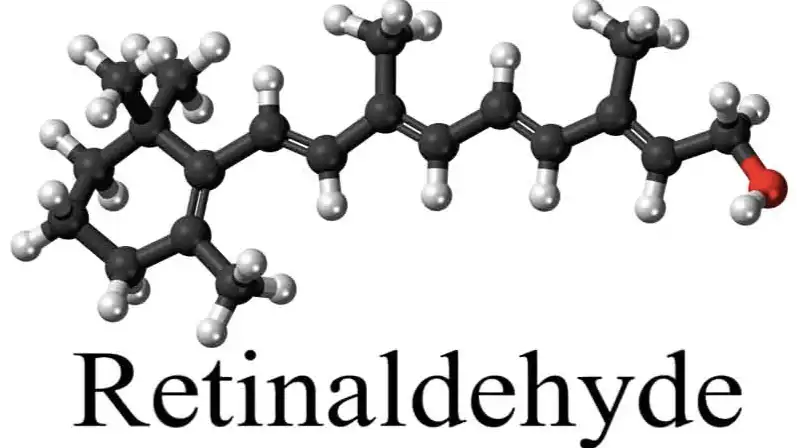
It is often compared with vitamin A and its related compounds and is a popular ingredient in modern skin care products. It can be converted in both directions, oxidized into retinoic acid in the stratum corneum, accurately regulate cell proliferation and differentiation, prevent keratinocyte accumulation, and effectively solve various skin problems from wrinkles to acne. It can also reduce most of the absorbed skin to retinol and store it, and then slowly release it to remove acne while resisting the erosion of time. With multi-directional metabolism, excess retinal can be quickly reduced to retinol and stored in the form of retinol. Retinoic acid does not have this "reverse metabolism". In this blog post, we will explore the relationship between retinal and skin anti-aging, and delve into its mechanism of action, as well as precautions.
Benefits to the skin
1. Oil control
Improve the secretion of sebaceous glands and reduce the oil secretion of the skin, thereby helping to improve oily acne skin.
2. Accelerate metabolism
Accelerate the metabolism of cells and the skin will become smoother.
3. K-decay
It can reduce the damage of ultraviolet rays to collagen and fibrous tissue, prevent photoaging, and prevent skin wrinkles and sagging.
4. Whitening
Fight melanin, inhibit the production of melanin, and destroy the melanin production process by inhibiting the activity of tyrosinase.
5. Antibacterial and acne treatment
Retinal has a direct antibacterial effect, especially against Propionibacterium acnes, which helps to treat acne.
6. Repair
Retinal can repair the loss of elastic fibers and collagen caused by ultraviolet rays.
Anti-aging mechanism
Reduces fine lines and wrinkles: stimulates collagen production, which is key to firming the skin and smoothing fine lines. It speeds up the renewal of skin cells, replacing old skin with a newer, smoother layer of skin, thereby reducing the depth and severity of wrinkles.
Promotes cell metabolism: accelerates the renewal of epidermal cells, helps remove aged keratinocytes, and promotes the generation of new cells, thereby improving the smoothness and elasticity of the skin.
Enhances skin resistance: Retinol stimulates the synthesis of collagen, increases the thickness and elasticity of the skin, thereby reducing the appearance of fine lines and wrinkles.
Anti-photoaging: inhibits the activity of matrix metalloproteinases, which over-stimulate the skin under ultraviolet light, causing damage to collagen and fibrous tissue, thereby accelerating skin aging. By reducing this damage, it helps prevent skin problems caused by photoaging.
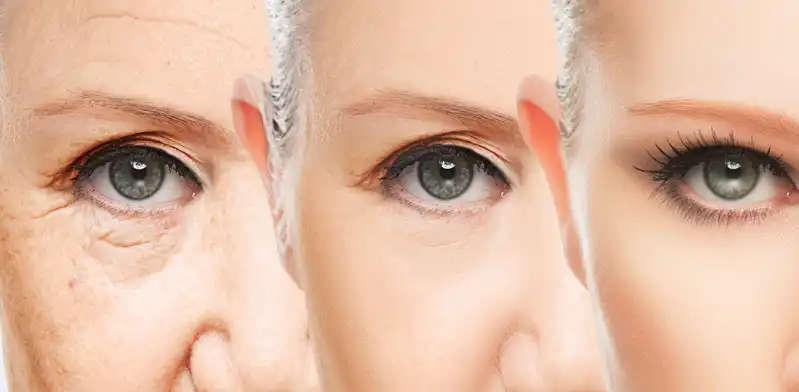
What are the effects of using it in cosmetics?
It can repair the loss of elastic fibers and collagen caused by ultraviolet rays.
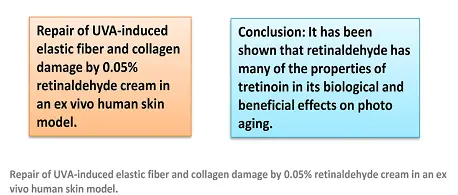
It can fight skin aging caused by ultrasound and fluid technology.
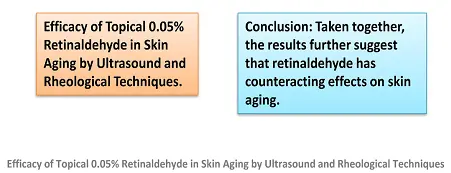
It can effectively improve the symptoms of skin photoaging.
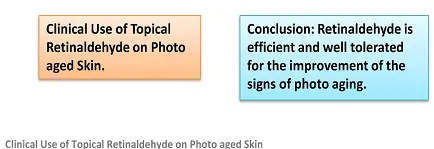
How to obtain retinal?
Genetic modification: First, the researchers identified and knocked out five key genes involved in redox reactions in Saccharomyces cerevisiae (adh6, adh7, sfa1, gre2, hfd1) to reduce the oxidative loss of retinal during synthesis.
Introduction of exogenous genes: After knocking out the genes of endogenous oxidoreductases, the crte/yb/i genes from Phaffia rhodozyma were heterologously expressed in the engineered Saccharomyces cerevisiae, which contributed to the synthesis of β-carotene.
Metabolic pathway optimization: The synthesis of retinal was further optimized by integrating key enzymes in the MVA pathway at the delta site in the yeast genome through random combination optimization.
Enhanced retinal accumulation: Finally, the accumulation of retinal was promoted by integrating the ATP-dependent citrate lyase acl from Saccharomyces cerevisiae to convert citrate into acetyl-CoA.
Application prospects
Cosmetics
It has multiple functions in cosmetics, including anti-aging, skin rejuvenation, whitening, anti-wrinkle, acne removal and exfoliation. It is more tolerable than retinoic acid, directly interacts with protein receptors in cells, stimulates the skin epidermis to accelerate renewal, increases the thickness of the stratum corneum, and makes the skin tighter and more orderly. At the same time, retinal can accelerate the production of collagen in the dermis, prevent ultraviolet rays from damaging collagen, inhibit the growth of bacteria such as Propionibacterium acnes, and effectively improve acne-prone skin.
Medicine
It has certain pharmacological effects and can be used to treat certain skin diseases and eye diseases. In addition, it is also an important raw material for synthesizing other drugs. It has the characteristics of retinoic acid in the skin, which can stimulate the skin epidermis to accelerate renewal, increase the thickness of the stratum corneum, and make the skin tighter and more orderly. At the same time, it can accelerate the production of collagen in the dermis, prevent ultraviolet damage to collagen, and make the skin more elastic.
If you would like more information, please contact us at sales@sxytorganic.com
_1737093401309.png)
